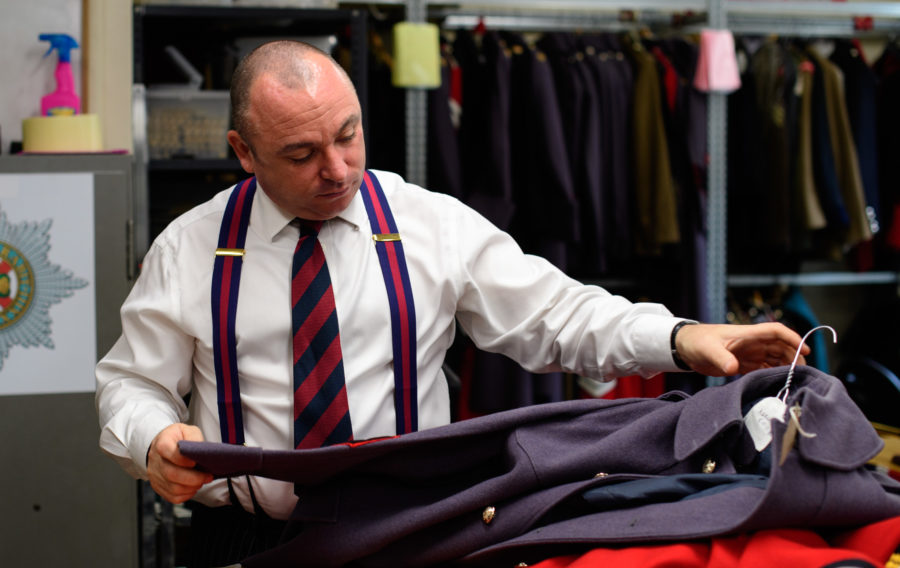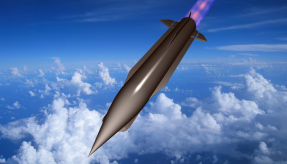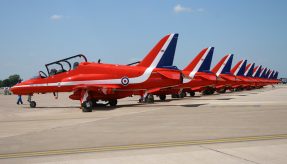
Pristine uniforms have helped make Britain’s Armed Forces the envy of the wider world. And yet, the efforts of our Army tailors are so often overlooked. Defence Online finds out more about their vital contribution to the UK military.
To a certain extent, the master tailor is the unsung hero of our Armed Forces. With military precision, these textile wizards fine-tune and tailor-make every soldier’s most prized possession – their uniform.
At Wellington Barracks, a stone’ s throw from Buckingham Palace, one such practitioner has responsibility for dressing the Household Division, incremental companies, regimental bands and Service personnel at Ministry of Defence HQ.
“We do all of the ceremonial tailoring for the bands and all of the uniforms for everyone else,” said Niall Sheehan, Master Tailor for the London District.
“From sewing a flash on a Multi-Terrain Pattern uniform that a soldier might wear training for operations, all the way up to creating linings on officers’ trousers and any alterations for ceremonial tunics. A lot of the uniforms are now made by contractors but we make the alterations bespoke to each soldier.”
Although tailoring as an Army career might seem far-removed from the front line, there are commonalities across both trades – most notably, an overriding attention to detail. Whether on the battlefield or in a shop, the ability to ensure each and every aspect of the job has been completed with absolute certainty is crucial.
“There is a lot to take on when you first come to London as a tailor,” said Sheehan. “We work on a lot of weird and wonderful uniforms, which includes some very complicated work. Things like backs needing to be taken in on a tunic are a regular task for us but outside of London that level of detail and perfection wouldn’t be the norm.”
It’s an often laborious undertaking and one so easily overlooked. But uniforms, ceremonial or otherwise, play a pivotal role in positioning the UK as one of the world’s leading military powers. Having weathered a packed ceremonial programme over the summer months, Sheehan and his tailors are now enjoying a period of quiet. Needles are at the ready however, as Remembrance Day and winter duties near. Once temperatures cool, uniforms will switch overnight from summer tunics to winter great coats.
“The Garrison Sergeant Major will contact us to say that from a certain date great coats must be worn and it is our job to make sure that all uniforms are not only ready, but immaculate,” said the Master Tailor. “It’s a case of all hands to the pump at that point.”
Unfortunately for Sheehan, it is never just a case of ‘wearing what they wore last year’. “Lads wearing the uniforms for a second time will have changed size and then there are the troops in their first year – uniforms are all tailored bespoke to individuals.”
Soldiers who take up tailoring are put through a rigorous two-month crash course, which enables someone with zero experience to undertake complex alterations by hand or machine. The subsequent three-month advanced package ramps things up considerably.
To take on a position as an Army tailor for the Foot Guards, a soldier must first gain experience at battalion level. What’s more, it can take prospective tailors as much as two years to get their sewing hands up to the requisite speed, with many more years spent learning the intricacies of the trade. Only the very best make the grade.
And so, thanks to the efforts of the Army tailors of London, the humble needle and thread makes for a powerful weapon in the UK’s ‘soft power’ arsenal. As Britain looks to bolster its influence overseas, master tailors such as Sheehan are helping to make our Armed Forces the envy of the international community.
If you would like to join our community and read more articles like this then please click here.
Armed Forces Army tailors Master Tailor for the London District Ministry of Defence Niall Sheehan uniform







